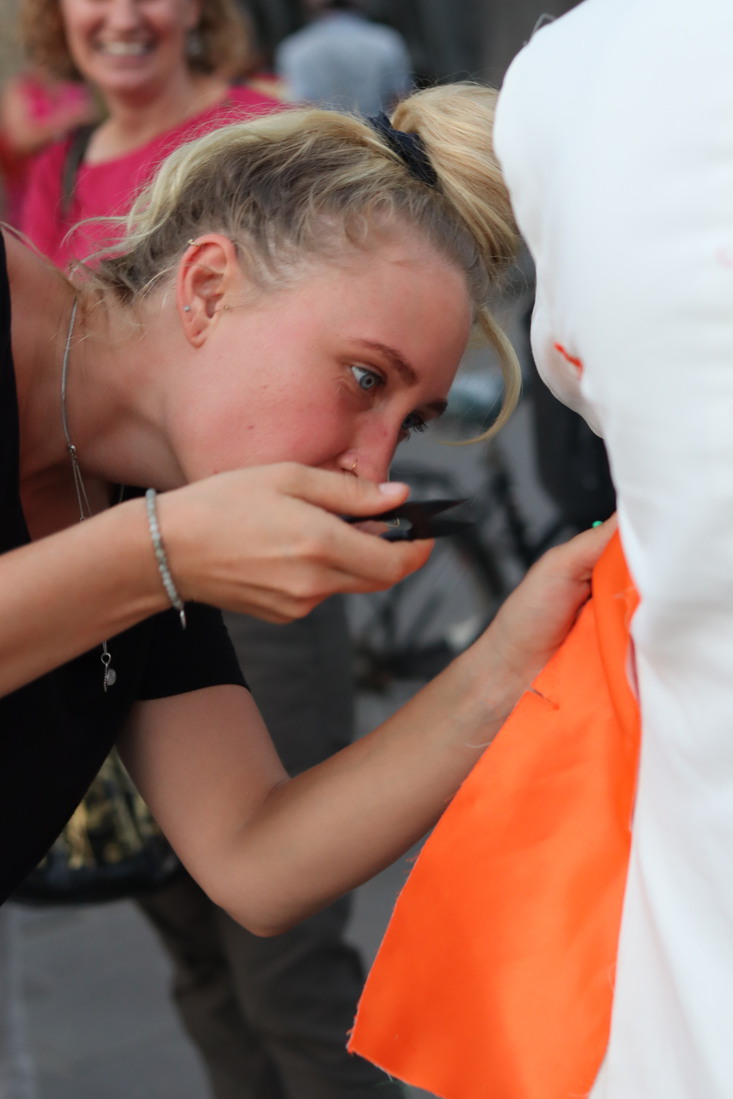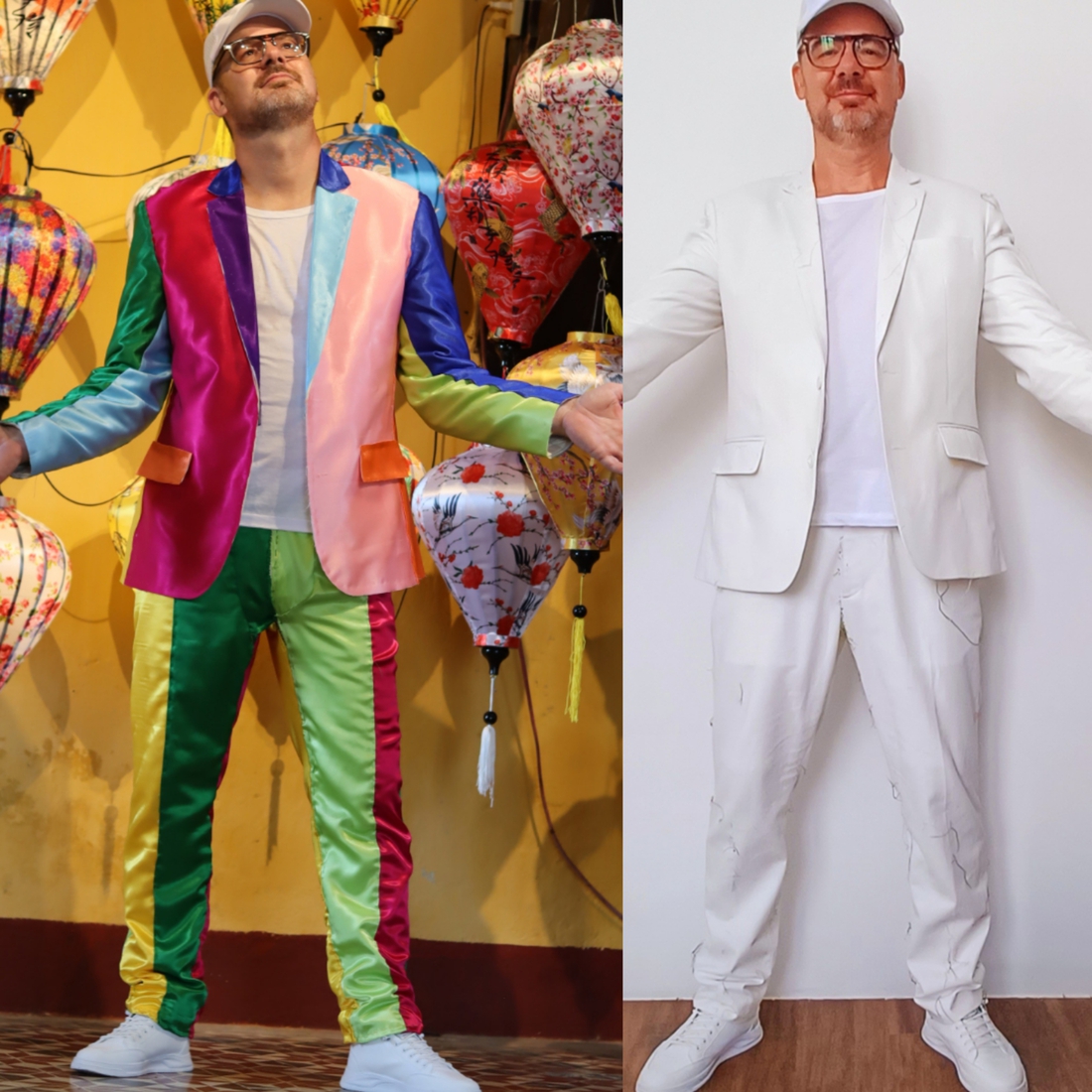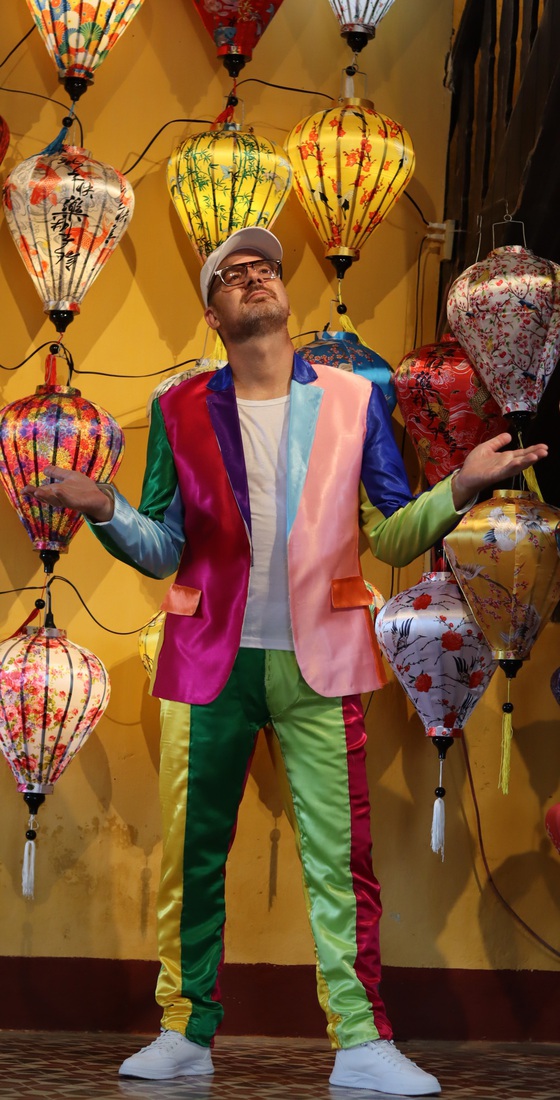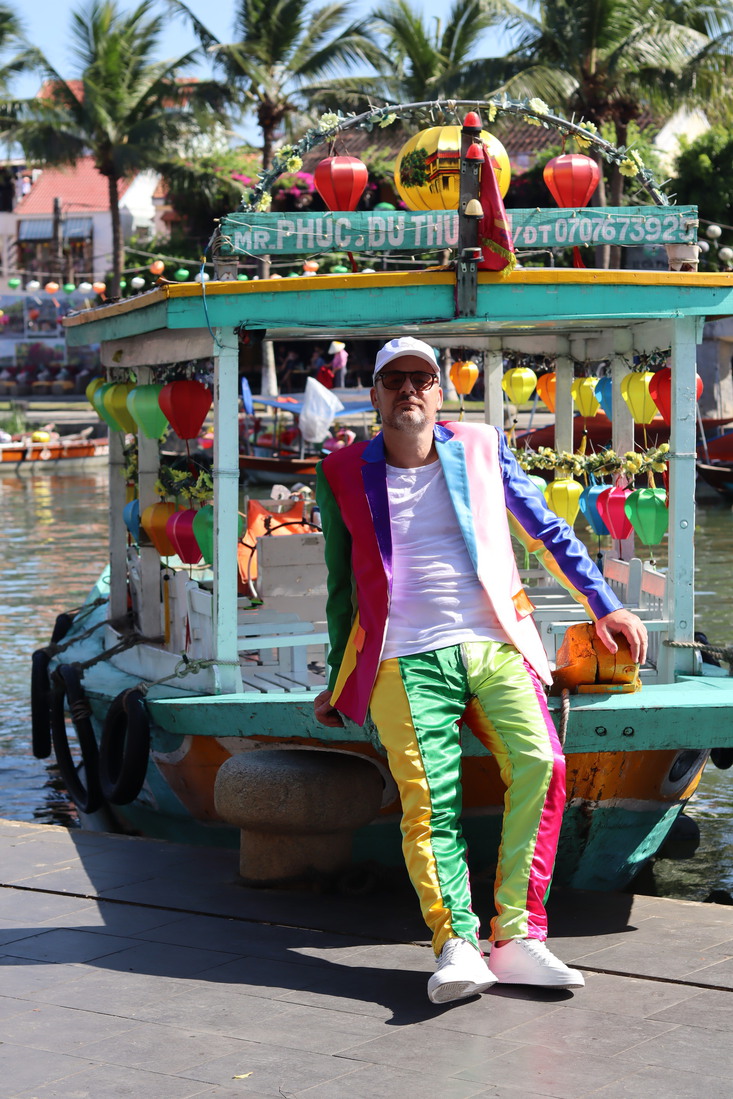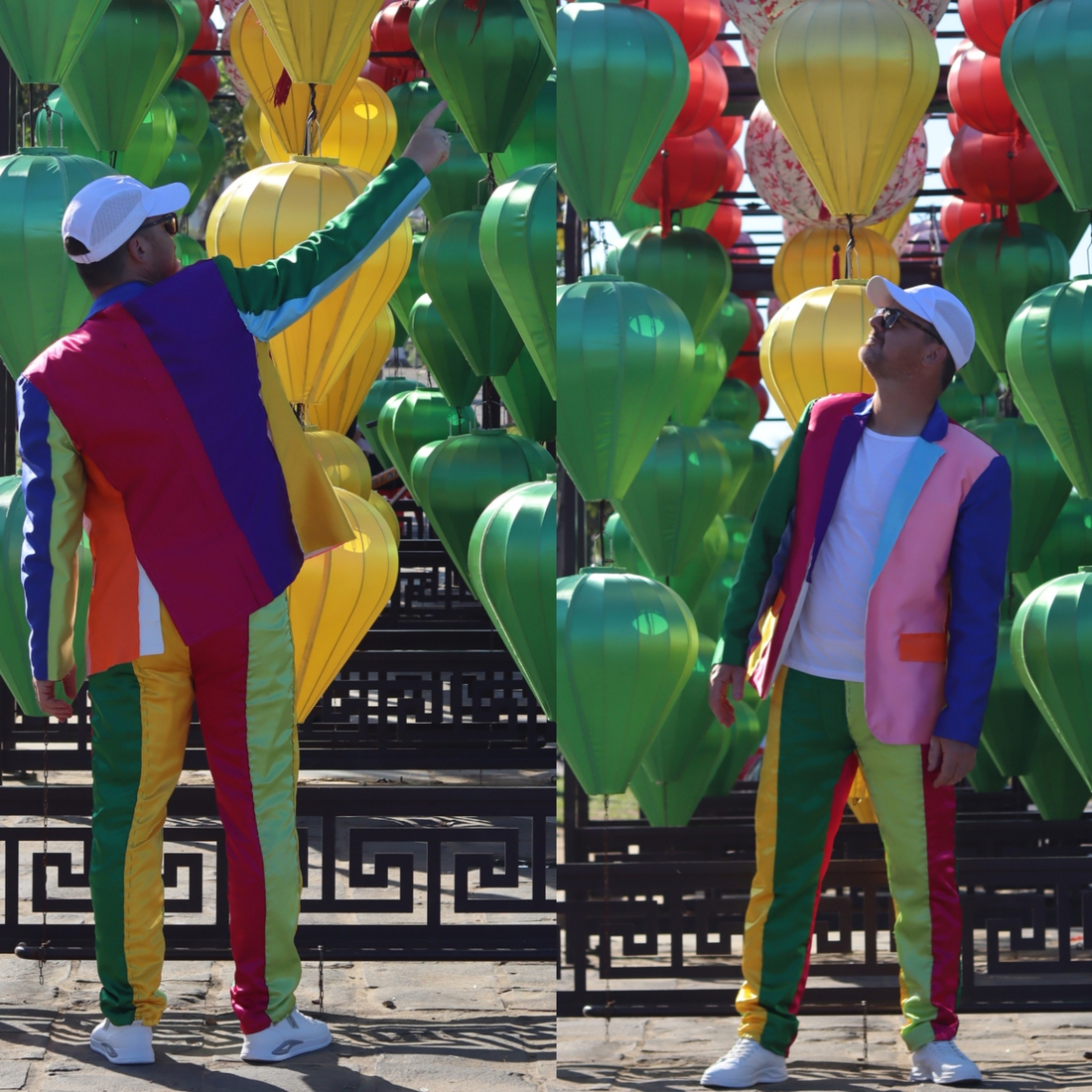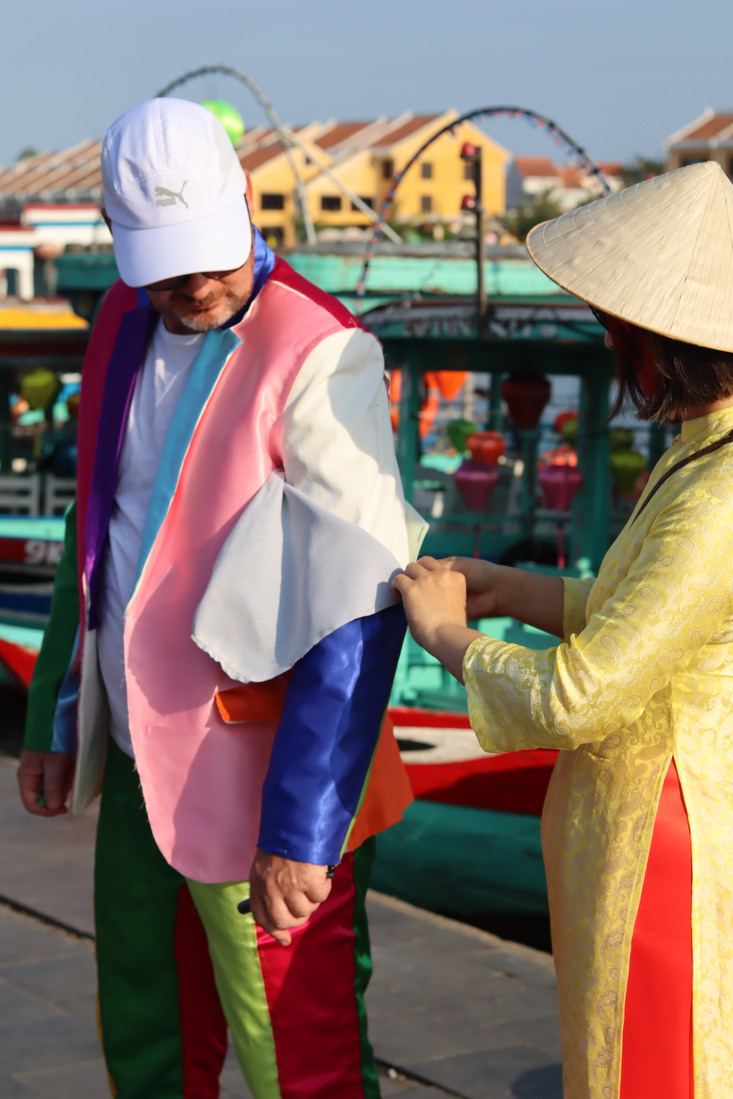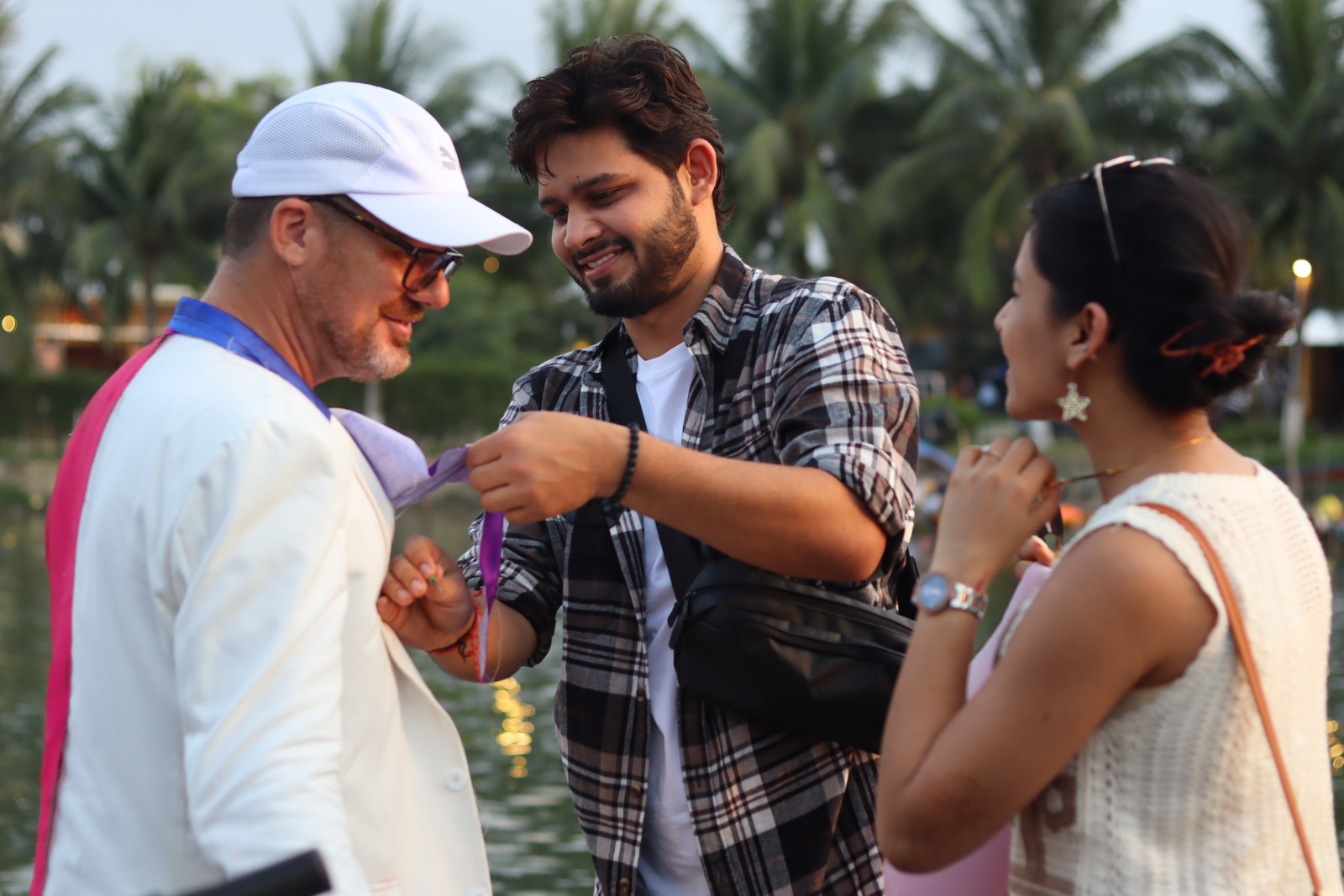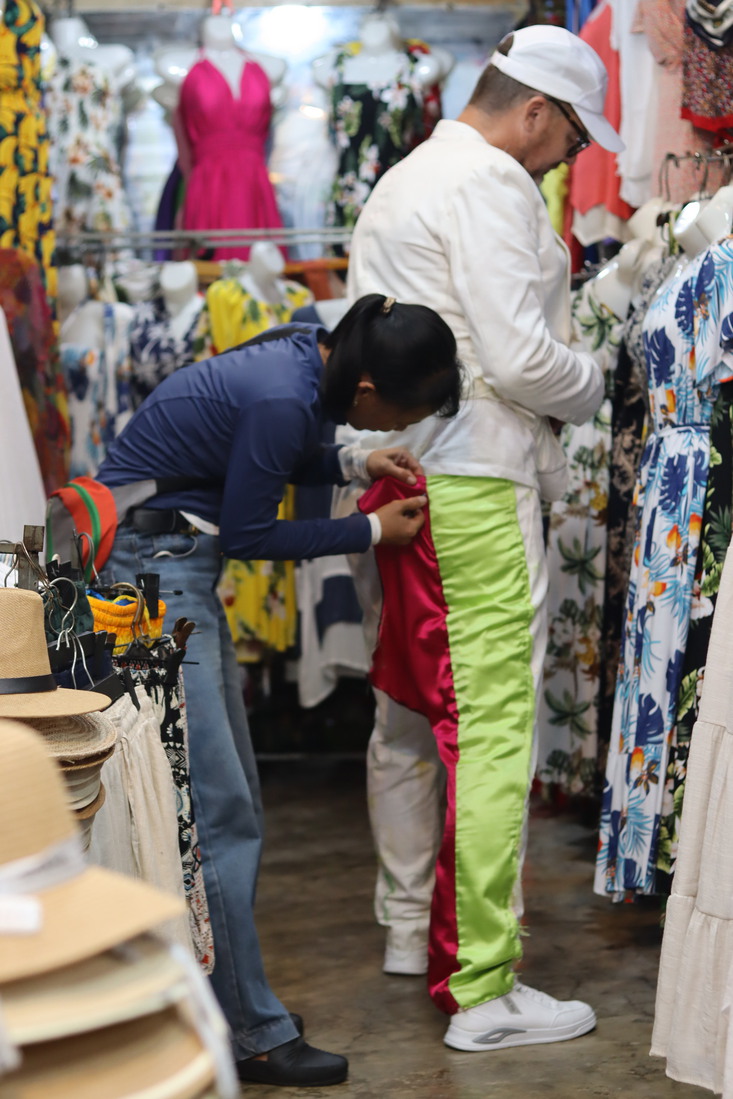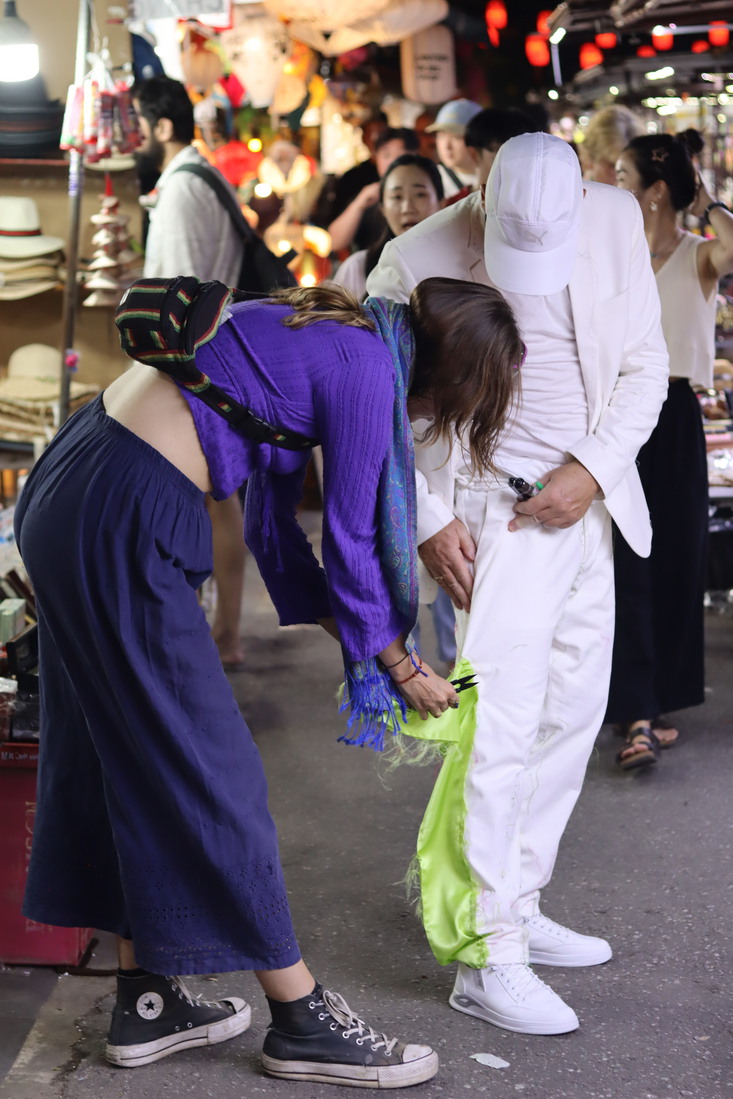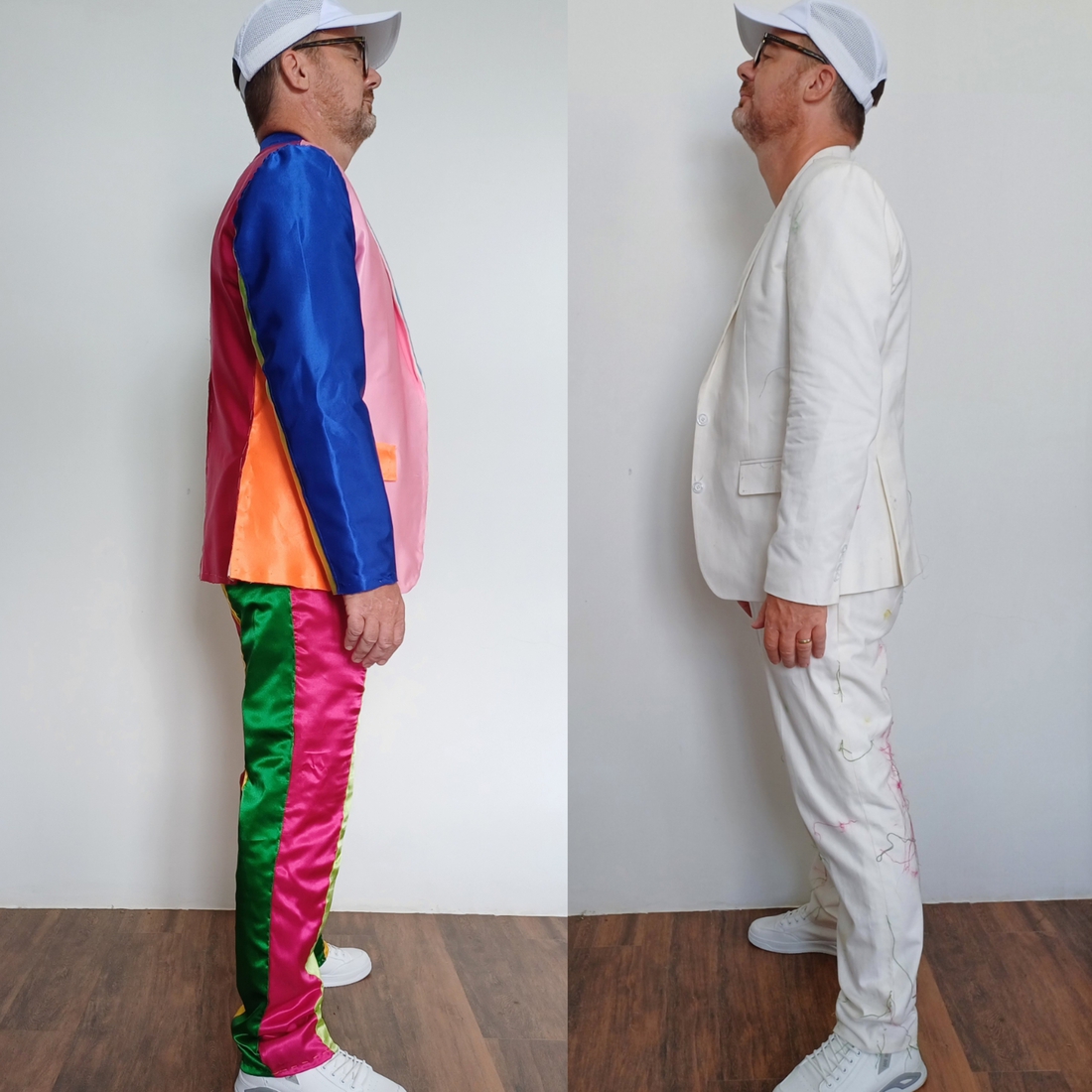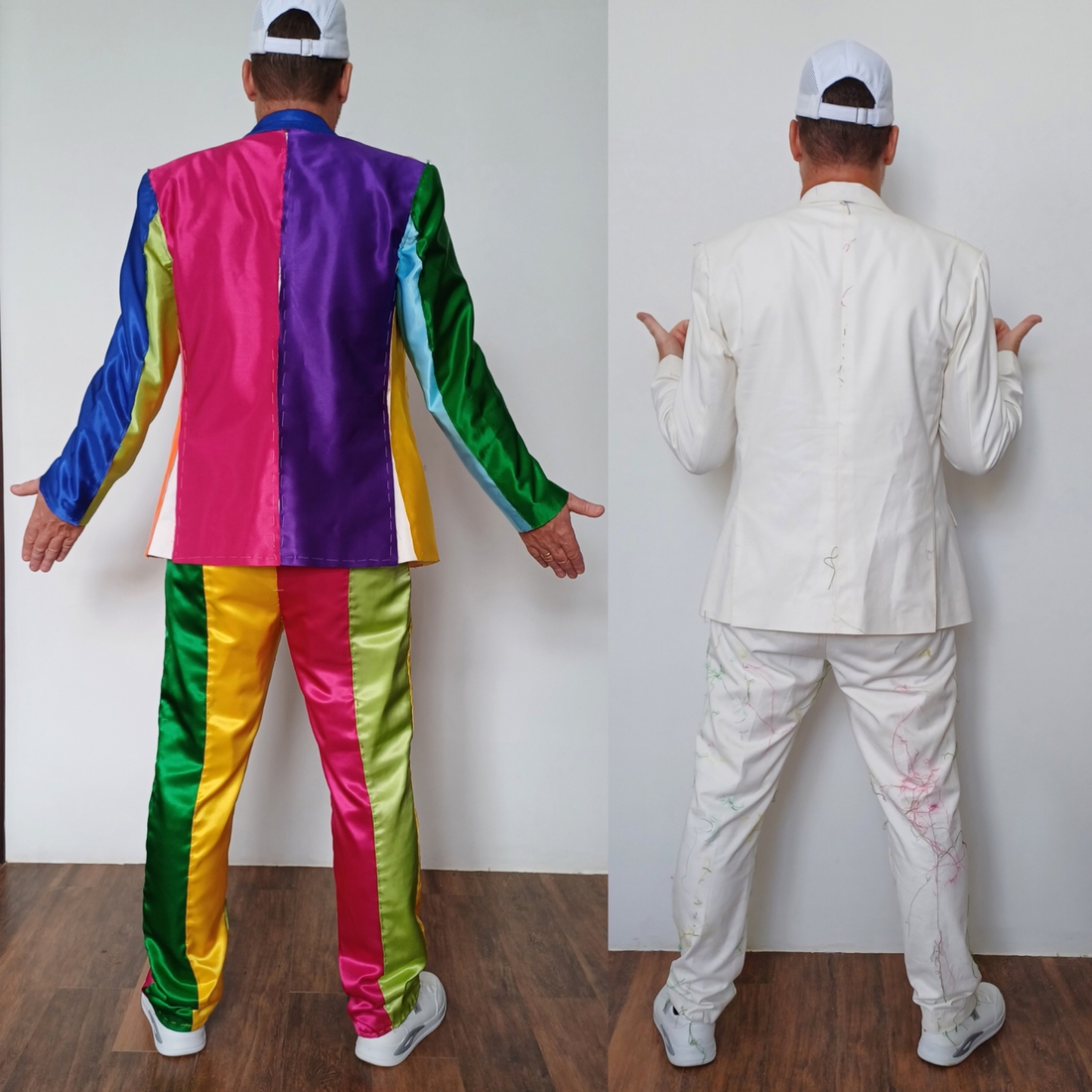Artist Statement
Conceptual Installation Arts
The work of Dutch born artist Camilio (1973), who was based in Timor-Leste for the last 5 years and after expanding his horizons in Asia, is above all and foremost conceptual. Back in the Netherlands since 2024, he is trying finding his feet again, which in a 'rightwing state' of the Netherland is not easy.
If asked, he states: I am a conceptual installation artist, but the outcome still needs to be meaningfull (to me) in the field of esthetics.
It has to be clear that he is not primarily focused on, let’s say, painting, performance or sculpture. He often mixes ready made objects, or objects specifically designed (created by craftsman) for the installation, but looking like a ready made, together to create installations where the concept is the leading factor. The outcome though still has to be, in his mind, visualy pleasing or visually strong.
In his concepts, Camilio often explores social (mis)behaviour in time, social and site-specific contexts and dimensions. He often uses nature (mostly trees) as a backdrop for his work, combined with “Ready-Mades” and the non-colour white, which, in the majority of these artworks, is to sort an unearthly effect, like to single out one important element in 'the frame' or 'context' which normally isn't spotless white.
Re-energized
After moving to the southern Africa region in 2014 Camilio – re-energised by new surroundings, context, nature and people – started creating a new form of art. Despite or perhaps because of his dyslexia he also started to work with text based art works, often showing the opposite meaning of the words in combination of the used materials ('Ceci n'est pas une pipe').
Through travel and study he gained insights in African and Asian art. This gave him a much wider perspective: the Western art world often appears to be self-absorbed and looks more and more deranged these days, particularly seen in the context that there is more than just 'Western Art'.
He applies a minimalist method, often using the public domain to explore conceptually driven, sometimes performative interventions where he often acts as the devil's advocate. He uses many different materials and methods to relate to the social context, environment, place and project he is working with, as and when appropriate.
Quote: How sweet to be an idiot, as harmless as a court Jester. This quote (Freek de Jonge, freely interpeted) apllies for the performences in white, “the white man" in white clothes.
A large part of his completed pieces invite, directly or indirectly, the effects of nature and decay, through, for example: exposure (e.g. weather), aging, forces of nature (moving and growing trees, low and high tides, etc.) or human destructive interventions. He sees the pieces like caged animals, incarcerated with their abusive captors and their resultant deteriorating condition, as a part of the work.
His other creations deal with the opposite effect of decay: these works contain substances such as soil, poop or volatile and perishable substances like ashes or food which – without a process of securing them to a surface – would be unrecognisable or gone after hours. These substances are used in a different context and thereby take on another meaning and expression.
Quote: Mankind will get better if you show them what they are like (Anton Checkov).
